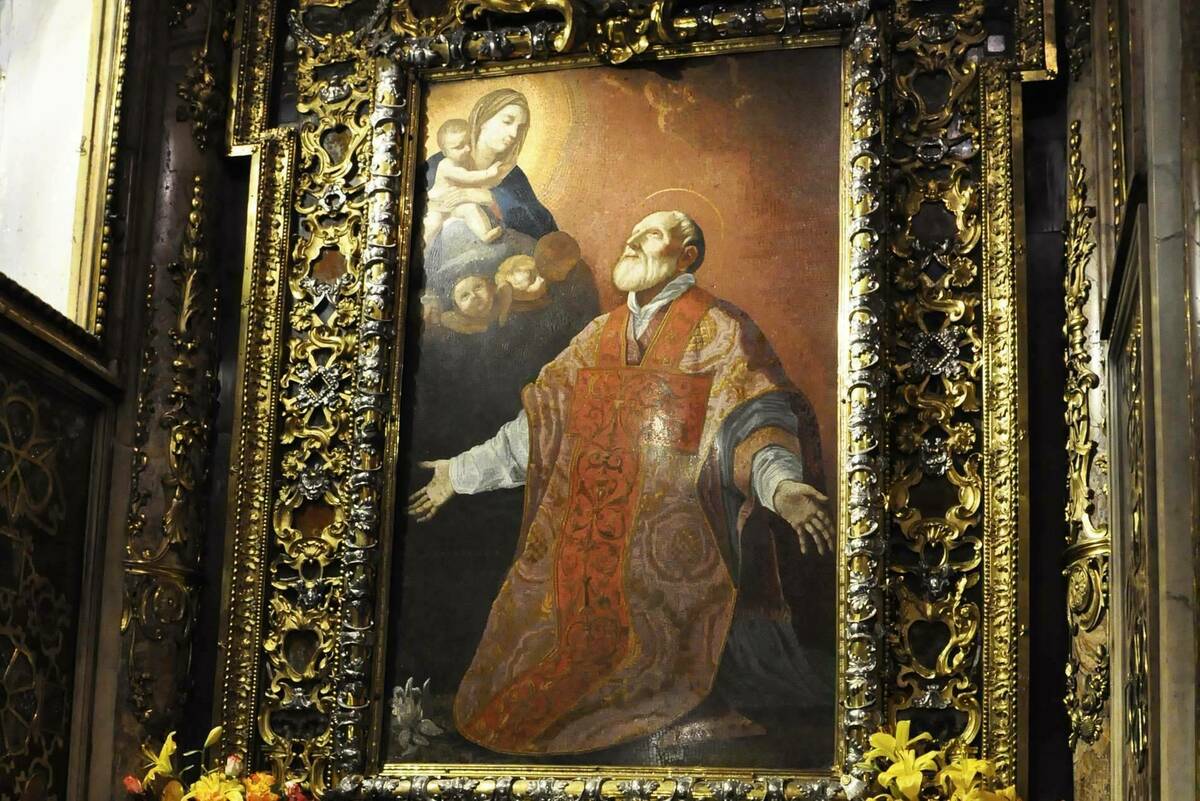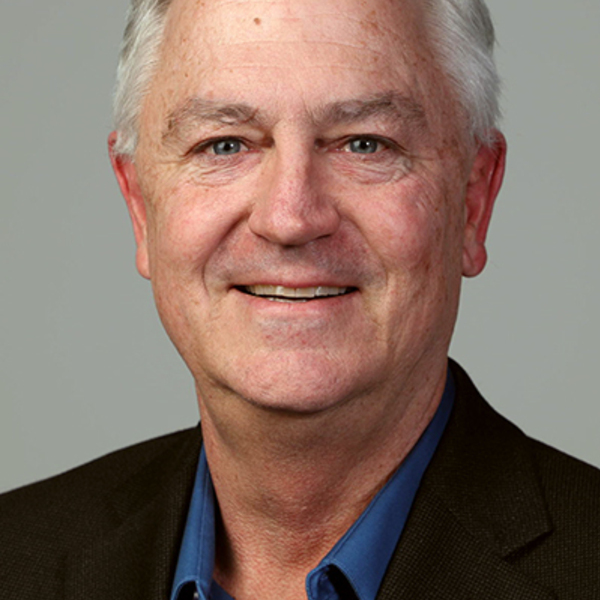That alone is liberal knowledge, which stands on its own pretensions, which is independent of sequel, expects no complement, refuses to be informed (as it is called) by any end, or absorbed into any art, in order duly to present itself to our contemplation. The most ordinary pursuits have this specific character, if they are self-sufficient and complete.[1]
Newman insists in the above beautiful passage (one of many) from The Idea of a University that liberal education has goods internal to it; its value is not to be measured by its extra-curricular pay-off. Liberal knowledge involves an integrated apprehension of the parts of knowledge in relation to one another and to the whole. Newman offers a unified vision of all learning with theology as its centerpiece. Newman’s anti-instrumentalist, integrated, conception of knowledge, with theology as an indispensable, informs many contemporary defenses of Catholic liberal education.
Particularly at the level of undergraduate education, Newman’s account provides salutary cautions and correctives to some of the dominant trends in higher education. It is a corrective to the instrumentalization of education that threatens to transform the human capacity to wonder into a restless desire for new items on a resume. It is a caution against the inordinate specialization that divides faculty into sub-fields within sub-fields within disciplines; the result is the contraction of shared intellectual life among faculty.
Newman is often deployed in defense of conservative models of education, with an integrated core and a relatively unchanging canon of texts, even if the texts that formed Newman’s own education are rather eccentric. But Newman’s challenge to the contemporary university cuts in two ways, not just against the disintegration of learning into specialization, but also against premature or peremptory integration. In fact, Newman sees the mind as naturally capacious and expansive. As the Newman scholar Mary Katherine Tillman observes, this is an account of knowledge that “resists reductionism and never yields to final paraphrase” (John Henry Newman: Man of Letters). The intellect naturally reaches out to new and different perspectives on any object that falls under its consideration.
We know, not by a direct and simple vision, not at a glance, but, as it were, by piecemeal and accumulation, by a mental process, by going round an object, by the comparison, the combination, the mutual correction, the continual adaptation, of many partial notions (The Idea of a University).
The intellect is naturally expansive, ordered ceaselessly toward “ideas unknown to it.” Some contemporary interpreters of Newman on education, most notably Alasdair MacIntyre and Fred Aquino, argue that Newman’s conception of knowledge requires that the inquirer reckon with what Aquino calls “radically different perspectives” (Aquino, The Integrative Habit). Writing in the spirit of Newman, MacIntyre identifies as a central task of education coming to “terms with cultures radically different from our own,” one goal of which is to come to “understand ourselves, not as we customarily do, but as [members of other cultures] understand us.”
This is not to say that Newman or Aquino or MacIntyre would embrace superficial curricular moves that offer a bit of this or that from some other culture, without any serious or sustained attention to the learning of history or languages. Newman’s thought is a challenge to both right and left in the curriculum debates.
Aquino and MacIntyre provide something of a response to the objection that Newman’s thought is colonialist. In The University in Ruins, Bill Readings argues that the content of Newman’s understanding of liberal education is purely literary and nationalist and thus colonialist. In a fascinating discussion of Newman, Edward Said recognizes colonialist elements in Newman’s account of education but he detects in Newman’s notion of “enlargement of mind” a way of approaching learning that avoids both colonialism and what we might now call identity politics. Said writes, “The synthetic wholeness has a special relevance to the fraught political situations of conflict, the unresolved tension, and the social as well as moral disparities that are constitutive to the world of today’s academy.” He writes that Newman “proposes a large and generous view of human diversity.” He finds in Newman a notion of “academic freedom as an invitation to give up on identity in the hope of understanding and perhaps even assuming more than one.”
In ways that mirror Newman’s notion of ever-expanding, ever-developing activity of the philosophical mind, Said underscores the contrast between the academic penchant “to reign and hold sway over our domain” and the “image of the traveler,” which “depends not on power but on motion, on a willingness to go into different worlds, use different idioms” (Reflections on Exile).
Another response to Readings has to do with his peculiar genealogy of the pagan world. Crucial to Newman’s entire project is his account of the naturalness of conscience, a claim that undergirds his novel argument for the existence of God. When Newman looks for historical support for this argument, he does not, in the way a Thomist might, turn to pagan philosophers like Aristotle; instead, he appeals to the universal presence of rituals surrounding guilt and expiation or atonement in indigenous religions. This is perhaps the most notable way in which Newman himself is a traveler to different worlds, a speaker of different idioms.
Here Newman’s work is a challenge not only to progressive Enlightenment philosophy but also to one of the standard Catholic genealogies of human development, a genealogy that sees the philosophy of Plato and Aristotle as definitively superseding pagan religion and preparing the way for the Gospel. Now, Newman certainly is indebted to pagan philosophy particularly in his reliance on Aristotle’s understanding of prudence in his own account of the illative sense. But the chief source of our sense of the divine is found not in philosophical arguments for an unmoved mover, but in the pre-philosophical experience of guilt and the desire for atonement.
If Newman supplies perhaps the most powerful modern defense of the intrinsic value of liberal education, he also highlights its limits and its potential distortions. One of Newman’s great worries about liberal education, even when it goes well, is that it creates what he calls the gentleman. The gentleman has admirable qualities, but he also exhibits a tendency to the aestheticization of moral phenomena, a tendency that slowly silences the voice of conscience. He tends to make his own current understanding the center of his intellectual universe in a way that curtails the intellect’s thrust outward to what is alien and new. One could make an argument that it is precisely the nationalist, literary education, dominant in Newman’s time, that alienates us from our humanity and from God. Indigenous, primitive religion is a better guide to human nature than is nationalist literary education.
A final way in which Newman highlights the limitations to university education can be gleaned from the strange way in which he ends Idea. At the conclusion of a long series of lectures devoted to knowledge as it own end, to an integrated curriculum, and to the indispensable role of theology, he suddenly appeals to Philip Neri’s pastoral practices. Newman explains that his “mission” was not academic, neither was it “the propagation of the faith, nor the exposition of doctrine, nor the catechetical schools.” Instead, he embodies what we might call the virtues of Christian hospitality. Through the “convincing eloquence of his personal character and his easy conversation,” he created a “home of Christian mirth.”
By all accounts, Neri was an exceptional figure. On the basis of Neri’s example as a “saint for ordinary people,” John Rodden comes up with the following challenges to us:
Can’t we all become better listeners? Can’t we all practice the art of friendship? Can’t we all inspire others to become their better selves? These are all realistic goals for ordinary people. . . . Can’t we all become more attuned to . . . gratitude, an ordinary, unintimidating virtue.
What do these matters have to do with the nature of the university?
In a sermon, entitled “Personal Influence, The Means of Propagating the Truth,” Newman states, “Truth is upheld in the world not as a system, not by books, not by argument, not by temporal power, but by the personal influence” of those who in the areas of virtue and holiness are both “teachers and patterns of it.” The best testimony to the truth of the faith is not the curriculum or the scholarship of the faculty but the way the faith is evident in the lives of all members of the community. And its expression needs to take the form of hospitality exhibited as Christian mirth.
Rodden’s realistic virtues of ordinary people need to inform the daily life of the university. It is a sad fact that these can get lost in the pursuit of other aims, even aims indispensable to a Catholic university. Universities can be infected with various kinds of indifference and neglect: in the way faculty mistreat staff; in the shifting of the focus from the goods of students to self-serving institutional goals; in the indifference to health care needs of the families of employees; or in the neglect of the particular needs of first-generation college students.
Now, by all accounts, Neri was an eccentric and arresting personality. But it would be a dangerous mistake to suppose that implementing Newman’s concluding suggestions in Idea involved celebrating the role of charismatic figures at the center of a community. The cult of personality can mask not just the absence of institution-wide hospitality but even acts of injustice toward members of the community. Hospitality requires humility particularly in the souls of administrators and faculty, who are tempted to locate their own work at the center of the universe and to bend everything that falls under their purview to the narrow confines of their own expertise.
Teasing out the significance of Newman’s concluding nod to Neri yields fresh insights about how a Catholic university ought to carry out its mission. It provides yet another illustration of just how complex and—to those who have focused exclusively only on certain chapters in Idea—surprising his idea of a university community is. Careful, expansive reading of his work will continue to supply much needed challenges to our all too settled assumptions about the nature of Catholic higher education.
[1] The Idea of a University, introduction and notes by Martin J. Svaglic (Notre Dame Press, 1982), 81.


